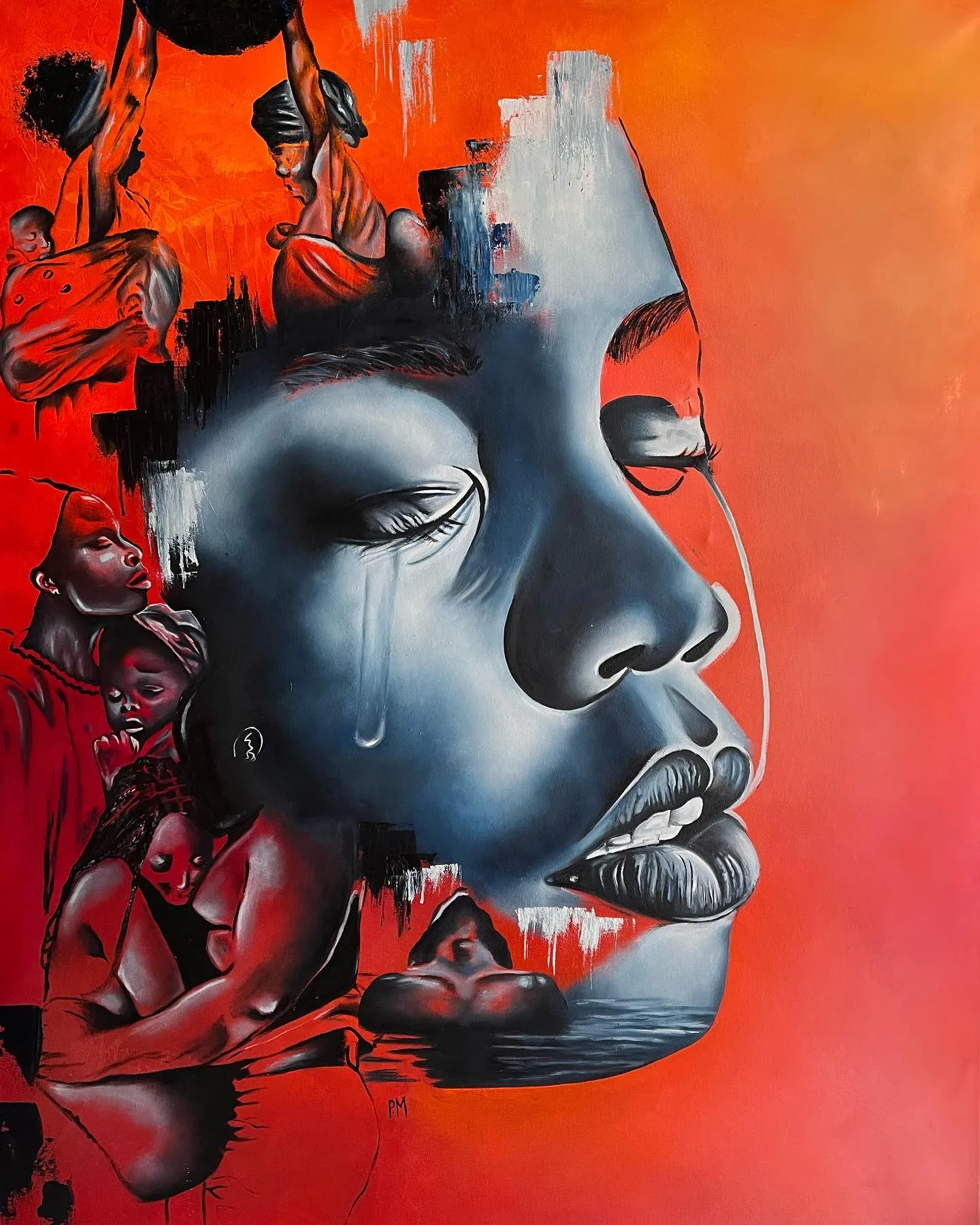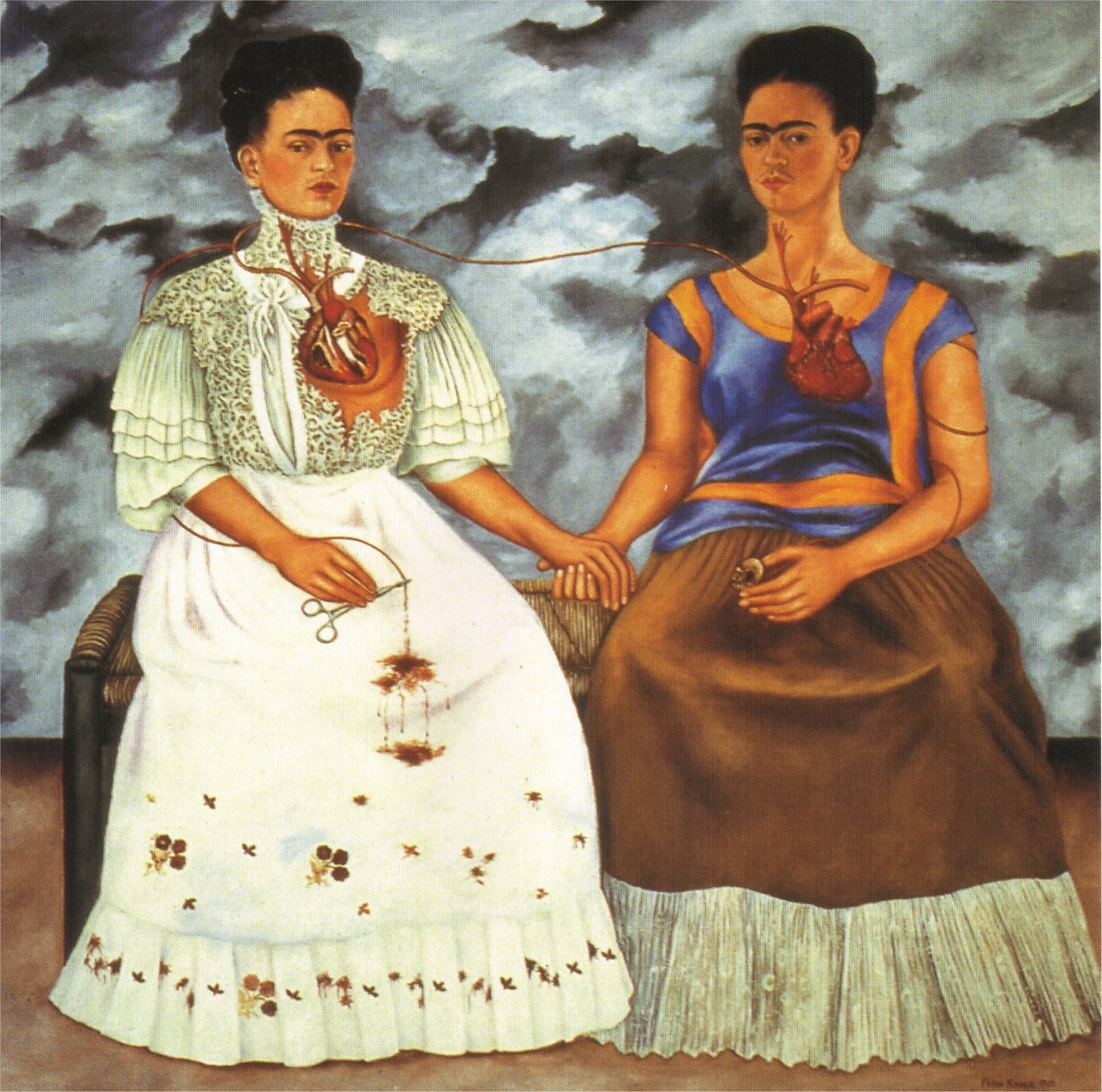Walking back to my office on the 18th of February 2020, I found myself reflecting on three adjectives that perfectly encapsulated my experience: humility, rooted, and connected. This introspective journey was spurred by my visit to the exhibition of Patience Phaka, known by her artist name Petty, at the State Theatre. Intrigued by Petty’s background as a former student of Auski Poodi, I requested to attend her opening night and engage in a conversation with the artist.
 Petty Phaka with a painting from her 2020 Exhibition “Don’t Be Beautiful” – The South African State Theatre
Petty Phaka with a painting from her 2020 Exhibition “Don’t Be Beautiful” – The South African State TheatreDuring our hour-long conversation, Petty spoke passionately about her journey as an artist, her childhood, and the influence of renowned artist Frida Kahlo on her work. As much as we delved into the contributions of other artists such as Mary Sibanda, Percy Maimela, and Banele Khoza, it was Kahlo’s impact that brought a spark to her eyes.
Fast forward to July 2023, and I found myself standing at Petty’s opening night, enthralled by her exhibition titled “Bophelo ke ntwa” (life is a battle). The focal point of the exhibition, “Basadi Tiyang” (women be strong), immediately caught my attention. Petty’s brush gracefully glided across the canvas, a testament to her deep respect for the art. Every stroke revealed her profound connectedness with the colours, as if she were weaving a thread from her very soul. Each intricate detail spoke volumes about her passion, a form of pure magic that enveloped the art piece.
In the realm of art, there are masterpieces that transcend the canvas, invoking deep emotions, challenging societal norms, and shedding light on pressing issues. “Basadi Tiyang” is undoubtedly one such work. It stands as a testament to the profound sorrow and indomitable resilience of women facing unimaginable hardships, particularly those resulting from sexual violence. In addition, it holds parallels to Frida Kahlo’s iconic “Two Fridas.”
Examining the composition and symbolism within “Basadi Tiyang,” one is immediately struck by its triptych structure, presenting the woman’s journey in three distinct faces. The first face depicts her in a vulnerable state, fearlessly portraying the traumatic experience of rape. Petty compels viewers to confront the horrors faced by countless women, forcing us to bear witness to their immense pain.
Transitioning to the second face, we witness the solitary figure of a woman, standing strong amidst her despair as she raises her child. This portrayal captures the strength and resilience required to navigate the aftermath of such a devastating event. It symbolises the fortitude and determination of women, defying the odds stacked against them.
The third and final face of “Basadi Tiyang” portrays the woman with her child on her back, accompanied by another woman carrying her own child. This image represents the collective support and sisterhood that empower women to overcome adversity. Petty’s use of symbolism beautifully captures the interconnectedness among women, emphasising the importance of unity in the face of hardship.
By drawing these parallels between “Basadi Tiyang” and Kahlo’s renowned masterpiece, we witness shared themes and cultural contexts. Both artworks explore the strength and resilience of women in the face of hardship and societal expectations. While Kahlo’s work reflects her personal struggles, “Basadi Tiyang” addresses the broader issue of South African rape and femicide culture. Both paintings challenge societal norms, urging viewers into uncomfortable conversations and inspiring action.
The emotional impact of “Basadi Tiyang” is undeniable. Through vibrant colours, expressive brushstrokes, and the haunting teardrop on the woman’s face, Petty creates a raw intensity that resonates deeply within the viewer. This painting evokes a profound sense of sadness, empathy, and admiration, compelling us to reflect on the immense pain experienced by survivors of sexual violence while bearing witness to the indomitable spirit and resilience of women. We see the woman consumed by her own tears, weighed down by her circumstances, in the depths of this powerful artwork. Her struggle, depicted in the lower half of the canvas, represents the harsh reality faced by countless South African women left to navigate treacherous waters alone, victims of unspeakable violence. These tears, like a heavy downpour, have stained the corners of busy streets and soaked the walls of workplace bathrooms, bearing witness to the overwhelming despair and anguish of their souls.
Delving into Petty’s intentions and the profound messages she conveys through “Basadi Tiyang,” it becomes evident that she aims to shine a light on the often silenced and stigmatised issue of rape and its aftermath. By portraying the woman’s journey through three distinct faces, Petty captures the complexities and multifaceted nature of her experience. The title itself, “Basadi Tiyang,” translated from Setswana as “women stay strong,” serves as a powerful reminder of the indomitable strength possessed by women in the face of adversity.
“Basadi Tiyang” is a profound and thought-provoking artistic masterpiece that demands attention. Through its composition, symbolism, emotional impact, and profound messages, this painting serves as a powerful commentary on the strength of women in the face of adversity. Petty’s masterpiece prompts viewers to reflect on the prevalence of rape and femicide culture in South Africa while emphasising the importance of collective support and resilience. “Basadi Tiyang” stands as a testament to the transformative power of art, bringing awareness to critical issues and calling for positive change in society.



Well written article. It’s very informative. Well done.